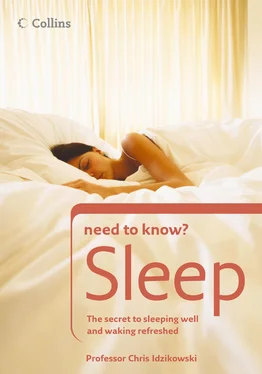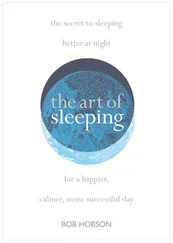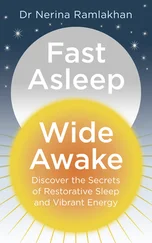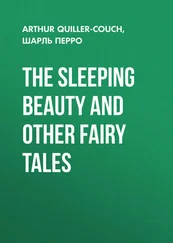The brain’s sleep centres
Cues
The brain’s metronome or clock runs slowly. Various cues such as light, exercise and food intake keep it synchronized with day and night.
The suprachiasmatic nucleus (SCN), is the brain’s master biological clock, or metronome. It helps to synchronize sleep with the circadian rhythm, as well as regulating many of the bodily functions that affect sleep, such as hormonal secretion and body temperature. Made up of about 20,000 nerve cells, the SCN is located in the brain’s hypothalamus, just behind the eyes, and is immensely important; if it is destroyed, 24-hour rhythms break down. It keeps time with daylight and is believed to work particularly closely with the wakefulness centre of the brain. Scientists also believe it ‘instructs’ the pineal gland to release melatonin, the hormone that signals the onset of darkness.
In 2002, a group of scientists discovered that the SCN is directly connected to a receptor in the retina sensitive to blue light (light from the sky), which enables the brain to identify whether it is light or dark. In blind people, who have damaged retinas, the SCN does not synchronize with daylight and so their ability to sleep is affected.
Melatonin is secreted by the pineal gland in the brain (often known as the ‘third eye’ in reptiles because of its sensitivity to light), and is the hormone that ‘tells’ the brain it is dark. Secretion starts when it gets darker, peaks in the middle of the night and stops at dawn. Melatonin is believed to be an important synchronizer of other circadian rhythms and is closely connected with Seasonal Affective Disorder (SAD) and jet lag.
Seasonal Affective Disorder (SAD)
Seasonal affective disorder, or SAD, is a condition in which people suffer depression, insomnia and lethargy in the winter months – hence its alternative name, ‘winter depression’. Normal circadian rhythms dictate that we get up in the light and go to bed in the dark. This is fine in the summer, but, in the case of SAD sufferers, the lack of light in winter is believed to disrupt their body clock so much that getting up on dark winter mornings proves impossible. The problem is believed to be caused by a disruption in their production levels of melatonin, the hormone which acts as the brain’s and body’s signal for darkness. Melatonin is normally produced at night, but in 80 per cent of SAD sufferers, melatonin levels peak just when it’s time to get up. SAD is often treated with light therapy, in which sufferers are subjected to bright light. The light is believed to block the production of melatonin, which kickstarts and resets the body clock.
Serotonin as a precursor of melatonin is one of the brain’s chemical messengers and has a major effect on the way the brain works, specifically affecting mood and sleep. (Other chemicals in this group include noradrenaline, dopamine and histamine.) It is produced in the brain from trytophan, an essential amino acid found in certain foods, and levels in the body are negatively affected by poor diet and stress. Lack of serotonin may lead not only to insomnia, but to anxiety and depression, which are in turn two of the greatest disruptors of sleep. Often known as the ‘feel good’ hormone, serotonin is Nature’s own Prozac, and is a crucial in the way many of the more recent antidepressant drugs, known as Selective Serotonin Re-uptake Inhibitors (SSRIs), work.
• Serotonin is one of the oldest brain chemicals around. Serotonin neurones existed in animals that appeared on earth 500 million years ago.
• Women produce up to a third less serotonin than men.
What happens when we sleep
Doctors and scientists can now record the activity of the brain in sleep by means of an electro-encephalogram or EEG. Using EEGs in this way has revolutionized our understanding of sleep.
Deep sleep
• Deep sleep usually occurs during the first three hours and takes up to 20-25 per cent of the night.
• Stage 2, or light sleep, occupies around 50 per cent of the night.
• REM sleep occupies around 25 per cent of the night.
In an electro-encephalogram (EEG), electrodes are glued to a person’s scalp and then connected to powerful amplifiers that measure brain activity. Their output used to be printed on paper, but can now be seen on a computer monitor in the form of a graph called a hypnogram, or polysomnograph, which shows the brainwaves emitted during sleep. Eye activity and muscle tone are also recorded.
Using the EEG in this way has shown that people have two different kinds of sleep: non-REM (Rapid Eye Movement) sleep and REM, or dreaming, sleep, and that they go through five different stages within these two main types: Stage 1 (drowsiness), Stage 2 (light sleep), Stages 3 and 4 (deep sleep, sometimes called delta or slow-wave sleep) and Stage 5 (also known as REM sleep).
This is a short transitional stage, lasting only about 10-15 minutes. Your brainwaves will start to slow down from the normal ‘alpha rhythm’ measurement of 8-12 cycles per second, your muscles will start to relax and your eyes begin to roll. Polysomnographs taken at this stage show a 50 per cent reduction in activity compared to when awake. Although your eyes will be closed, if you are aroused from sleep at this stage you may feel as if you have not slept at all.
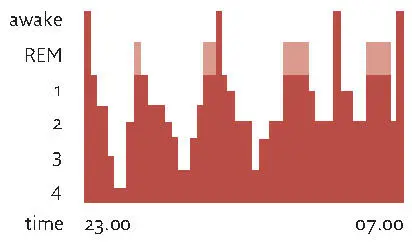
Hypnogram
Set of traces
As you descend further into sleep, the relaxed alpha rhythm is replaced by a faster wave form of 12-14 cycles per second called a ‘sleep spindle’ (because of the spindle shape it makes on the computer screen). At this point the systems that maintain wakefulness are letting go and the sleep-promoting systems are switching on. This stage usually lasts 30-40 minutes.
Stages 3 and 4: deep sleep, delta or slow-wave sleep
Slow-wave sleep lasts for roughly the first three hours of the night and it is very difficult to wake people up from it. People who are woken at this stage often act quite strangely, almost as if they are drunk.
Ultradian rhythm
Scientists believe there may be a brain rhythm that is mainly revealed during sleep as a 90-minute REM cycle. As this lasts less than 24 hours it is known as an ‘ultradian rhythm’ (Ultra from the Latin for ‘beyond’). Dreams occur on a roughly 90-minute cycle.
At the deep-sleep stage, the EEG shows highamplitude slow waves. The mind begins to drift, thoughts are unfocused, and the brain becomes ‘dormant’. A person in this stage of sleep tends to stop moving and their postural muscles relax. Heart rate and breathing slows, the body temperature ‘thermostat’ in the hypothalamus is lowered and body temperature reduced. Kidney function decreases and less urine is produced.
Stage 5: Rapid Eye Movement (REM) sleep
Stage 5 sleep is commonly known as Rapid Eye Movement, or REM sleep, named after the darting eye movements that have been observed in people in this sleep stage. It appears after 80-90 minutes’ sleep in recurring phases known as an REM cycle. It initially lasts for about ten minutes, then increases in length, with the final one lasting for about an hour. In young adults, REM sleep can last for up to two hours in total.
Читать дальше
